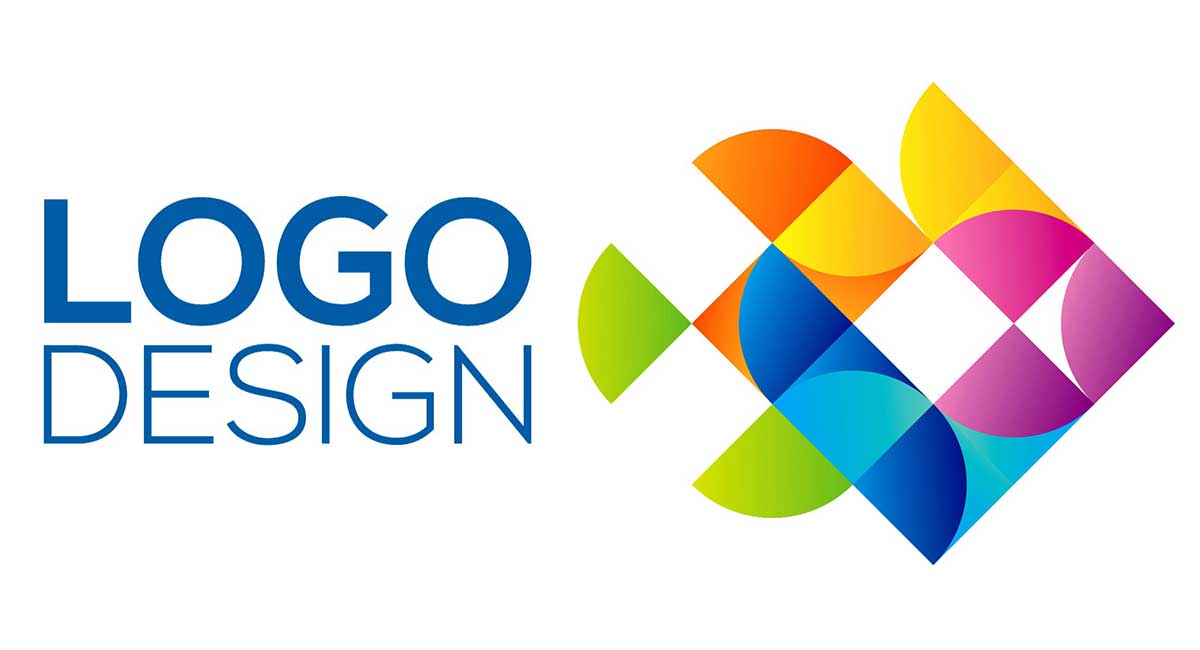Logos can be described in various ways such as symbols, signs, or labels.
When we reduce logos to being labels, we strongly undermine their capability.
Sure, calling logos a label is correct but it reduces the functionality of the former to being a name to remember something by.
Logos do help people remember brands, which is undeniable. However, the responsibility of making companies memorable isn’t an easy task.
Multiple other elements go into creating an effective logo; any logo design company in USA needs to complete several requirements to make one such symbol.
Each element in a logo is essential and determines the usefulness of the final product.
A question raised often is how logos manage to make a place in one’s memory.
The answer to this query is that all logo elements work on the principles of human psychology.
Revelations in psychology have significantly influenced the design choices of plenty of logo design company in usa; it leads to fulfilling logos that appease the audience.
This article discusses how psychology affects logo design and its influence on consumer perception:
-
Understanding the Role of Logos
Before learning about the components of a logo, we need to understand why they are crucial to brand identity.
As mentioned above, logos help remember brands but that isn’t all.
Logos are a hook to pull customers towards brands; they act as a teaser for the services of a company.
When people see logos, they should be able to understand what product or message the company sells.
In that manner, logos must be inviting, welcoming people towards exploring the brand more.
Logos need to visualize the feel of the brand, catching its essence; if that doesn’t happen, going from the logo to brand products feels inconsistent, like seeing the Swoosh logo and entering a store selling skincare items.
Therefore, the logo summarises what you can expect from a store, telling people enough without using many words.
-
Colors as Emotions
Be it bright, vibrant shades or cool and dull tones, colors are found in logos everywhere.
While one may assume that colors are decided based on their visual appeal, that isn’t entirely true.
Psychology reveals that colors can trigger emotions, making people feel a particular way.
When applied to logos, colors can evoke feelings that a brand wants customers to experience while browsing products.
Here are some popular logo colors and the emotions they represent:
-
Red
A popular choice for bold logos, red is associated with urgency.
Red represents heated emotions such as love, anger, hunger, and danger.
As red evokes excitement and passion, it is used by brands that want to stand out and encourage customers to immediately take action.
-
Blue
Although on the cooler end of the spectrum, blue is another primary color.
Due to its cool tone, blue generates a relaxed response from viewers.
Blue represents trust and professionalism; the color was historically associated with royalty, which is why it now represents stature and quality.
Blue makes businesses appear trustworthy and reliable, making it an optimal choice for corporate brands.
-
Yellow
Yellow is the third primary color and is known for its brightness.
The vibrant color represents warmth, joy, and happiness.
Due to the positive connotations associated with the color, yellow is used by brands to encourage high spirits and a good mood.
Using yellow makes brands approachable; they appear friendly to customers rather than appearing cold or boring.
-
Green
Although a secondary color, green is a popular choice in logo design.
Green is often linked to nature, which is perfect for representing values such as eco-friendliness, environment-consciousness, and sustainability.
Green is calming, and represents peace and growth; the color appears pleasing to customers because it evokes wellbeing and harmony.
-
Black
Before the use of other shades, logos existed in black and white.
Therefore, black has a timelessness associated with its color.
It represents sophistication and elegance.
As a classic in logo design, using black hints at a brand’s longevity.
Most importantly, the bold color asserts a sense of authority, making viewers feel powerful.
-
Shapes Affecting Perceptions
According to psychology, shapes in logos affect how customers perceive brands.
A logo design company in usa decides on shapes based on this insight:
-
Circle
Having no corners but a round shape gives the circle cohesiveness.
Circles evoke a sense of unity and encourage the feeling of the brand bringing all people under one brand.
Brands use circles when they want to create a community around their services.
-
Triangles
With three sides and three corners, triangles represent balance and stability.
When part of a logo, triangles can make a symbol appear more resolute and grounded with a strong foundation, which makes them reliable in the customer’s eyes.
-
Squares and Rectangles
Due to an even number of sides and proportions, squares and rectangles convey order and balance.
The symmetry of these four-sided shapes makes them a preferable choice when aiming for a professional and composed look.
- Abstract Forms
Abstract forms are any shape that has a different look from traditional shapes.
It represents breaking free from norms and thinking outside the box.
Brands use abstract shapes when they want to highlight their innovation and creativity and make their uniqueness known.
-
Typography and its Influence
Like colors and shapes, typefaces influence how a brand appears.
-
Serif Fonts
Serif fonts have strokes present at the edges of letters.
Serif fonts have a fancy feel, using them makes a logo elegant.
Heritage brands commonly use serif fonts for a classic and timeless appearance.
-
Sans-serif Fonts
Sans serif fonts refer to letters without exaggerated edges, having a simple look.
Sans serif fonts look modern; they give brands a contemporary feel, making them appear up-to-date on trends.
-
Handwritten Fonts
Although uncommon, the meaning of handwritten fonts lies in their names.
They give brands an authentic look and uniqueness.
To Conclude
After learning about the reason behind logo design choices, each time you see the work of a logo design company in the USA, you’ll understand how each component is intentional and plays a part.







